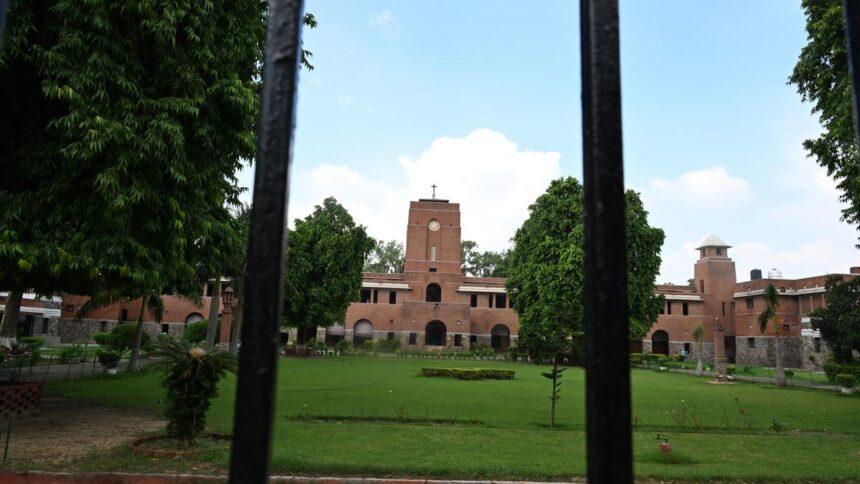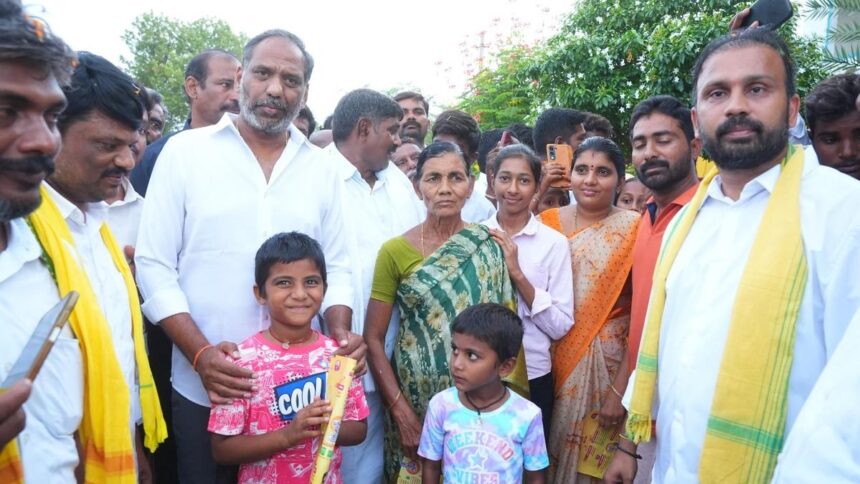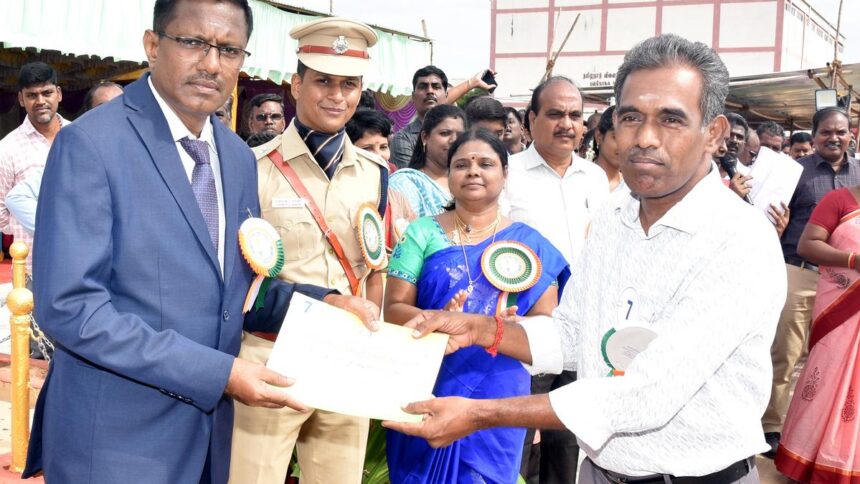There is a fascinating story behind Jammuwali rajma. It began in the early 1970s near Patnitop, a hill station located on the Jammu-Srinagar National Highway, 112 kilometres from Jammu, on the way from Udhampur to Srinagar, at a small bus stand dhaba named Peerah. The only dish on the menu was rajma curry with rice, made by a man from the Dogra community. Its charm lay in the generous pour of ghee added just before serving, about a cup’s worth, by some accounts.
“Imagine eating hot rice with buttery rajma, swimming in desi ghee, after a seven-hour road journey at high altitude (at an elevation of 2,024 metres),” says chef Rahul Wali, who was in Hyderabad recently for a showcase of Kashmiri Pandit cuisine at The Westin.
Back then, the drive from Jammu to Srinagar took 14 hours, with Patnitop marking the halfway point. Now there are a number of dhabas at Patnitop who serves this combination. Over time, the dish became a symbol of comfort and nostalgia, easy enough to cook at home yet still carrying the warmth of that bus stand meal.
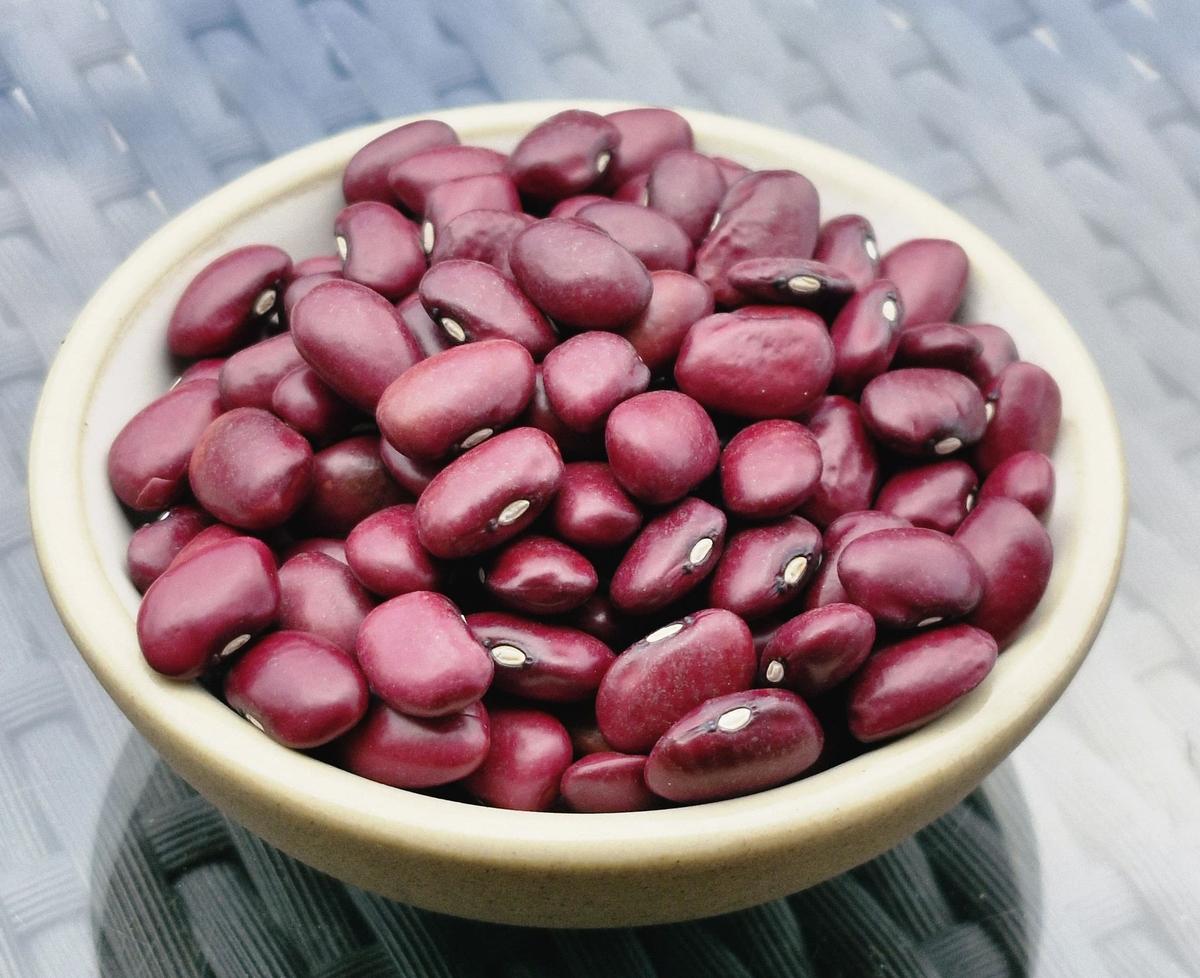
Uncooked rajma beans from Bhaderwah
| Photo Credit:
Special Arrangement
The rajma (beans) itself is different. Jammu rajma beans are small, slightly oval, and a mix of dark maroon and brown. “We call it Jammu rajma and don’t refer to them as kidney beans, that’s an American term,” says Rahul. The variety of rajma used in the region come from Bhaderwah, near Udhampur, and is known for its buttery texture and rich volume. Rajma and pomegranate are widely cultivated in the region. Bhaderwah is closest to Jammu so it is easily available here.
Rahul says rajma is not an everyday dish in Pandit homes. It is usually made on special occasions, unlike festival days, when the dal of choice is moong also called havan dal. “In our homes, rajma is cooked with just five spices, saunf powder, cumin powder, turmeric, red chilli powder and ginger powder, without onions, ginger-garlic paste or tomatoes,” he explains. This is not a recent health trend but a culinary tradition shaped by geography. “These ingredients weren’t grown in Kashmir because of the climate, so we learnt to cook without them.” Coriander powder, too, is absent from Pandit recipes.
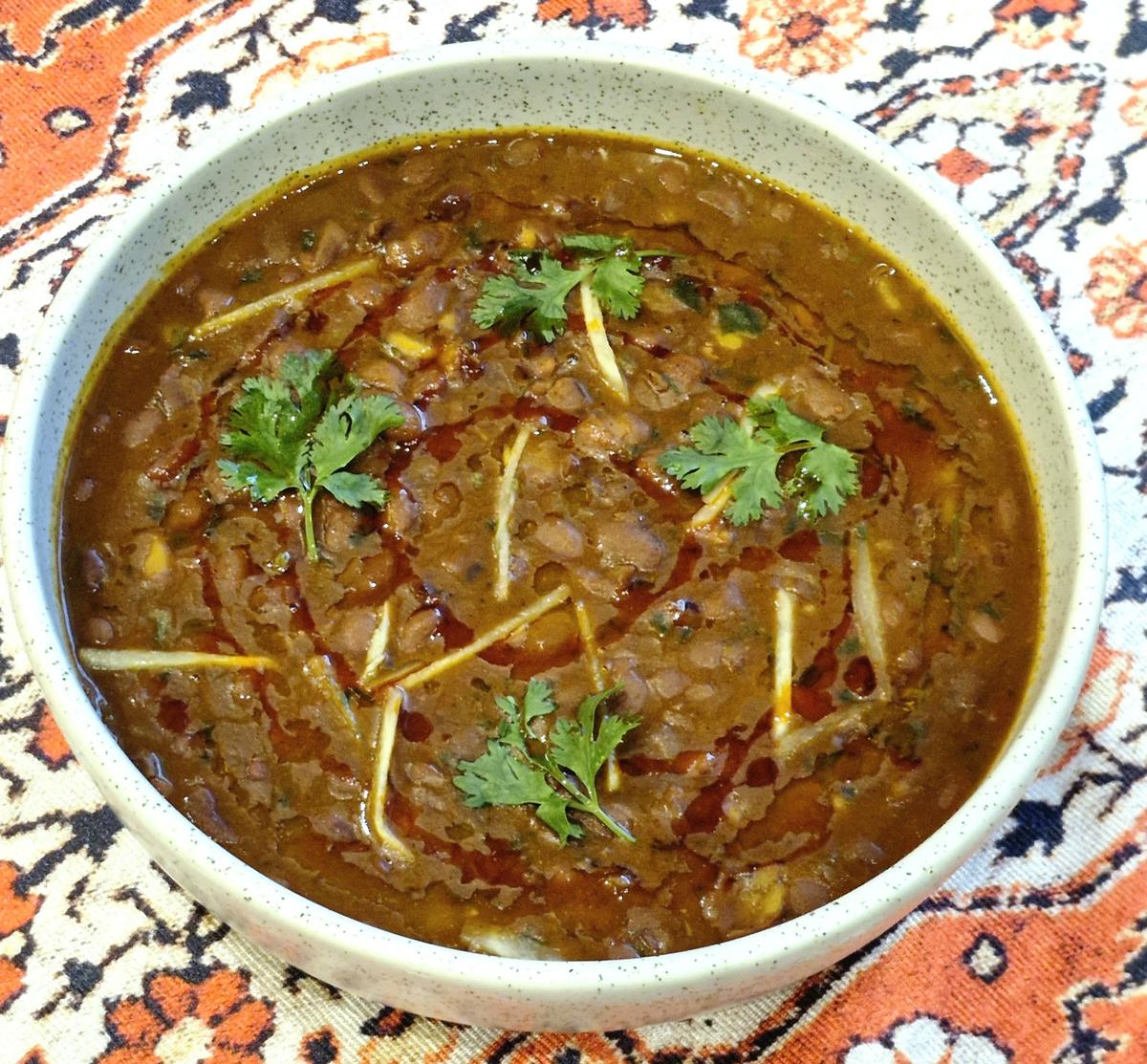
Rajma prepared in the Kashmiri Pandit style by Rahul Wali
| Photo Credit:
Special Arrangement
Contrary to the way Kashmiri Pandits eat rajma, “for people in the Jammu region, rajma is a Sunday meal,” says Krishan Prasad, a businessman from Jammu.
Krishan is firm on this: rajma is very much a Jammu thing. “Kashmir is known for wazwan, Jammu is known for Dogri food — the cuisine of the Dogra community. And rajma is a cornerstone of it.” The beans themselves come from Marwah in the Kishtwar district of Jammu. Served with rice and a generous dollop of ghee, rajma in Jammu often comes with a side of junglee andar dana chutney. “That’s the perfect combo,” Krishan adds.

So popular is Jammu ke rajma-chawal that Omar Abdullah and his cabinet ministers reportedly make a pit stop for peerah-wale rajma-chawal when travelling from Srinagar to Jammu. And in Srinagar, there is the well-known Krishna Dhaba, a pure vegetarian restaurant serving traditional Kashmiri fare. Cooking styles, of course, vary across the region. In both wazwan and Dogri cuisines, onions, ginger-garlic paste and coriander powder are standard, along with tomatoes and whole spices. In traditional Kashmiri Pandit cooking, however, dishes were often prepared without onions, ginger or garlic — a practice still maintained in some homes. “Even meat is cooked without them,” notes Rahul.
Today, Srinagar’s food culture is shaped by three distinct traditions: the elaborate wazwan, the restrained yet flavourful Kashmiri Pandit style, and the lesser-known Kashmiri Sikh cuisine, which blends Kashmiri and Punjabi influences. In Jammu, Dogra cuisine reigns. Across both regions, though, Bhaderwah rajma holds a special place for its nutty, creamy flavour — a result of organic cultivation. “It’s a simple dish,” Rahul says. “The secret is slow cooking — letting the rajma simmer in the spices for hours — and, of course, choosing the right beans.”
Published – August 18, 2025 11:52 am IST

















